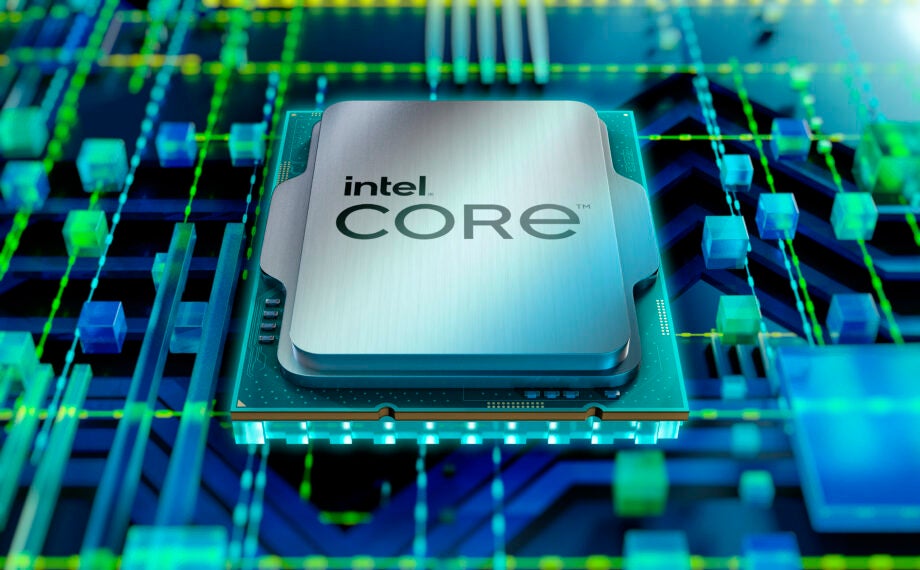Intel Raptor Lake (13th Gen): Release date, price, specs and performance

The Intel Raptor Lake series has finally been revealed, becoming the 13th Generation of Intel Core desktop processors.
There are six processors in the Raptor Lake family at launch, with Intel calling flagship Core i9-13900K ‘the world’s fastest desktop processor’. The new chip features a whopping 24 cores and 32 threads, with 5.8GHz max turbo frequency speeds.
Intel also claims an even more powerful chip (the Intel Core i9-13900KS) will be capable of 6Ghz speeds, although won’t launch until early 2023. No other desktop processor has been able to achieve that feat so far.
Keep reading on for everything you need to know about Intel Raptor Lake, and keep this page bookmarked for future updates.
Release date
Intel has confirmed that Raptor Lake desktop processors will be available to buy from 20th October 2022. These new processors include:
- Intel Core i9-13900K
- Intel Core i9-13900KF
- Intel Core i7-13700K
- Intel Core i7-13700KF
- Intel Core i5-13600K
- Intel Core i5-13600KF
Additional Raptor Lake processors will launch at a later date, including the Intel Core i9-13900KS, which Intel suggests will be available in early 2023.
Price
Intel has confirmed the recommended retail price for its initial batch of Raptor Lake processors. They are as follows:
- Intel Core i9-13900K – $589
- Intel Core i9-13900KF – $564
- Intel Core i7-13700K – $409
- Intel Core i7-13700KF – $384
- Intel Core i5-13600K – $319
- Intel Core i5-13600KF – $294
Specs
Intel Raptor Lake processors feature an all-new architecture using the Intel 7 process.
Just like with the previous generation, Raptor Lake will support PCIe 5.0 and DDR5 so you can upgrade to the latest and greatest components. Unlike the AMD Ryzen 7000 Series, the new Intel chips will also support DDR4 memory if you’re not ready to upgrade all of your components at once.
Intel is once again using an x86 performance hybrid architecture, which means the company is able to use both Performance cores (P-cores) and Efficient cores (E-cores) on a single die.
The new Raptor Lakes apparently provide a 15% faster single-threaded performance compared to Alder Lake, while offering a 41% boost to multi-threaded performance.
Intel has also focused on boosting the number of cores and threads for Raptor Lake. The preceding Intel Core i9-12900K featured 16 cores and 24 threads, while the new Intel Core i9-13900K flaunts 24 cores and 32 threads. The maximum turbo frequency speeds have also been increased across the board for Raptor Lake.
| Intel Core i9-13900K | Intel Core i7-13700K | Intel Core i5-13600KF | |
| Cores (P+E) | 24 (8P+16E) | 16 (8P+8E) | 14 (6P+8E) |
| Threads | 32 | 24 | 20 |
| Max turbo frequency speed | 5.8 GHZ | 5.4 GHz | 5.1 GHz |
| Base power | 125W | 125W | 125W |
Intel is also offering ‘KF’ variants of the above processors, but with the omission of integrated graphics. This means the KF chips can’t function without being paired with a discrete GPU, but are available at slightly cheaper price points.
Performance
Intel claims that the new Core i9-13900K is the world’s fastest desktop processor. That’s a big claim considering how powerful the new AMD Ryzen 7950X and Ryzen 7900X processors are.
We can’t verify those performance claims just yet, but we will hopefully be receiving review samples in the coming weeks. We’ll be testing the new Intel Raptor Lake processors via both synthetic and in-game benchmarks, while also determining power efficiency and heat temperature.
So if you want to know what kind of performance the Intel processors are capable of, then make sure to check back on Trusted Reviews closer to the release date.







